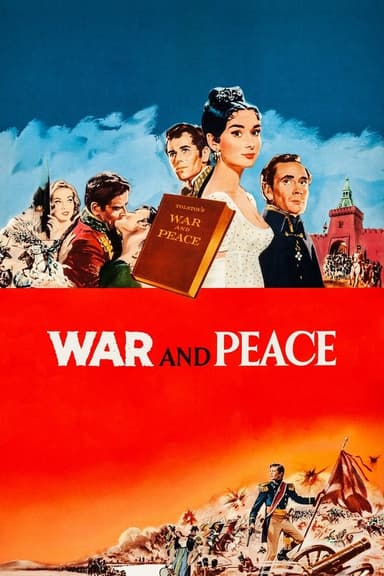
The Good Earth
1937 • Drama, History, Romance • NR
China, during the rule of the Qing Dynasty. The arranged marriage between Wang Lung, a humble farmer, and O-Lan, a domestic slave, will endure the many hardships of life over the years; but the temptations of a fragile prosperity will endanger their love and the survival of their entire family.
Runtime: 2h 19m
Why you should read the novel
Reading The Good Earth by Pearl S. Buck immerses you more deeply into the emotional landscape and daily struggles of Wang Lung and O-Lan, providing rich details that the movie only briefly touches. The novel gives readers access to the characters’ inner thoughts and motivations, weaving a nuanced understanding of Chinese rural culture that transcends visual storytelling. Buck’s evocative prose draws you into the lifeblood of the characters and the earth they depend on, making every triumph and tragedy resonate on a personal level.
Unlike the film, the novel provides the social and political context necessary to fully appreciate the characters' decisions and sacrifices. You witness the slow, insidious changes brought by wealth, famine, and revolution directly through the eyes of those who lived it, offering a perspective that feels both intimate and universal. Buck’s sensitivity and authenticity toward Chinese culture and traditions shine through every page, making the literary experience far richer than a visual adaptation can convey.
If you value immersive storytelling, The Good Earth is an irreplaceable journey. The novel’s depth, lyricism, and cultural understanding cannot be fully captured on screen—the written word allows you to engage at your own pace, reflect on layered meanings, and carry away insights long after the book is closed. Choose the novel to truly understand why Pearl S. Buck received the Nobel Prize in Literature.
Adaptation differences
One of the main differences between the adaptation and the book lies in character portrayal and depth. The novel offers a much deeper exploration of the inner lives of Wang Lung and O-Lan, particularly O-Lan’s silent strength and emotional complexity. The film, due to time constraints and the limitations of the medium, often simplifies O-Lan’s character, omitting many nuances and internal struggles that make her so compelling in Buck’s writing.
Another significant difference is the film’s handling of cultural elements. While Buck’s novel is richly informed by Chinese traditions, superstitions, and social hierarchies, the film conveys these elements more superficially. The book allows readers to gradually absorb the rhythms and values of rural Chinese society, whereas the movie tends to focus on plot events and dramatic moments, missing some of the intricate cultural context.
The film adaptation also takes some liberties with key plot events and character arcs. For example, specific hardships, such as the famine, migration to the city, and family betrayals, are altered, condensed, or left out entirely in the movie version. These changes affect the pacing and reduce the sense of gradual transformation and consequence so central to the novel’s narrative arc.
Lastly, casting choices and the visual representation of the characters in the film reflect Hollywood’s approach of the era, including the use of non-Asian actors in prominent roles. This decision impacts the authenticity of the setting and the cultural experience, distancing the viewer from the genuine perspective that Buck so carefully crafted in the book. The novel’s empathetic and detailed exploration of rural Chinese life remains unmatched by its cinematic adaptation.
The Good Earth inspired from
The Good Earth
by Pearl S. Buck










